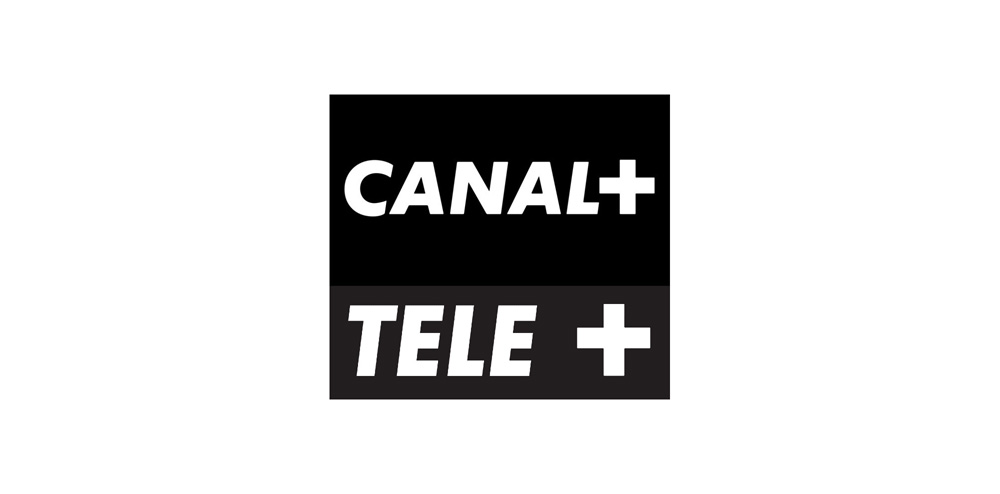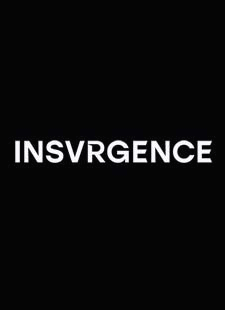Today, every subscription streaming service worth its premium has added a + (or a Plus) after its name. The latest, Paramount +, launched on March 4. But where did the moniker “Plus” come from and when did it start being used?
The first use of the “Plus” was recorded by VideoAge in 1984, when it mentioned the name of Canal Plus (also Canal +), a French subscription pay-TV service created by Andre Rousselet (1922-2016), then-president of French ad agency Havas.
In 1987 Italian editorial group Mondadori published a weekly TV guide called Telepiú (or Teleplus). This was followed in 1990 by Telepiú (also Tele +), an Italian pay-TV service created jointly by media magnate turned politician Silvio Berlusconi and German producer-distributor Leo Kirch (1926-2011).
In 2003 pay-TV service Digital + appeared in Spain. It then took another five years until another “Plus” was added to a premium service. This time, it was when Berlusconi came out with his Mediaset Plus premium TV service in Italy. And another two years passed before Hulu Plus made its appearance in 2010 (the “+” was eliminated in 2015). In 2013 Univision launched Uni Mas in the U.S., then came pay-TV channel K + in 2014 in Singapore. And in Mexico, TV Azteca launched a+ in 2017. ESPN Plus came about in 2018, followed by Apple Plus, BET Plus, and Disney Plus, all in 2019.
In April 2020, the Benelux Office for Intellectual Property rejected an opposition filed by the French Groupe Canal + to a Benelux trademark application of Twentieth Century Fox Film Corporation for the word FOX +.
And now, of course, there’s Paramount Plus, which came out this year. (In this review, the sign “+” and the spelled-out “Plus” are used interchangeably.)












Leave A Comment